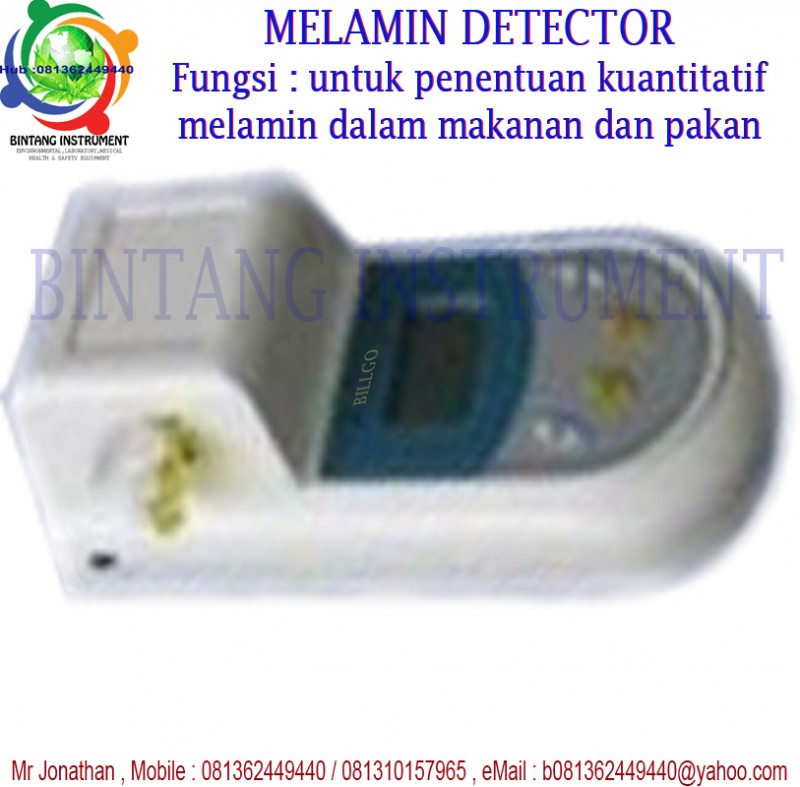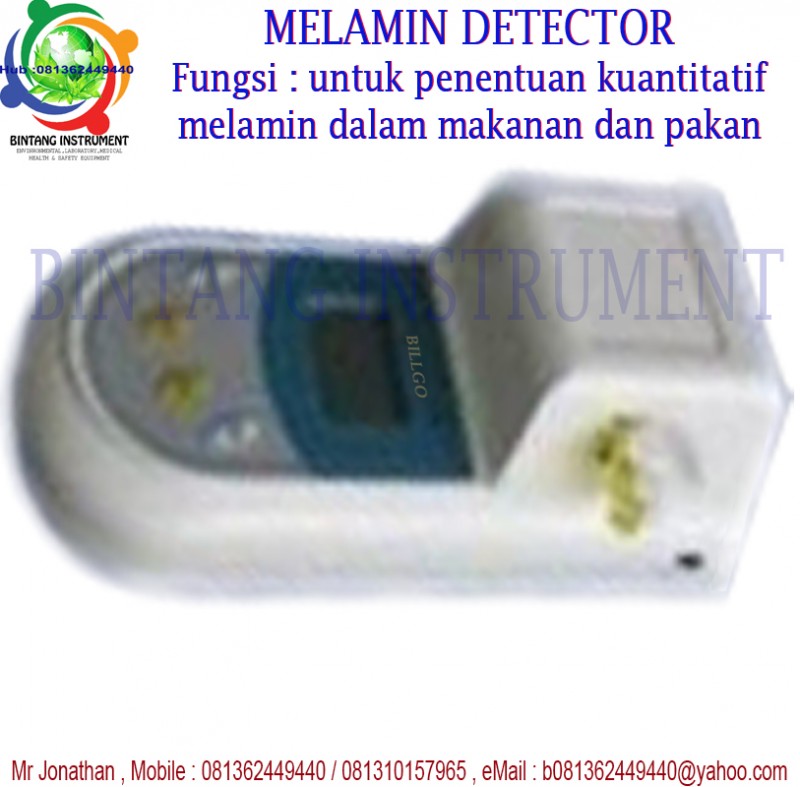Melamin Detector Fungsi untuk penentuan kuantitatif melamin dalam makanan dan pakan.
Produk Detail
BINTANG INSTRUMENTHP : 081362449440 / 081310157965
Email : b081362449440@yahoo.com
Up : Mr Jonathan
================================
Melamin Detector
Fungsi : Fungsi : untuk penentuan kuantitatif melamin dalam makanan dan pakan
Merk : BILGO
Detection method:
Portable melamine detector uses enzyme-linked immunosorbent assay for quantitative determination of melamine in food and feed.
Detection principle
: enzyme-linked immunosorbent assay for quantitative determination of melamine residues. The extraction solution was used to extract melamine in the sample through homogenization and shaking for immunoassay. First, add the melamine enzyme label, sample extract and standard into the microwells coated with melamine antibody to start the reaction. During the 30-minute incubation process, the melamine in the sample extract competes with the melamine enzyme label for binding to the melamine antibody in the microwells. After 30 minutes of incubation, all unbound melamine and melamine enzyme label in the microwells are washed away. After washing with deionized water, clear substrate solution is added to each well, and the bound enzyme label converts the colorless substrate into a blue substance. Stop the reaction after incubating for 30 minutes, and read the data according to the color of each well. According to the color of the standard, the concentration value of melamine in the sample is obtained.
Equipment and materials required for the experiment:
Melamine detection kit (currently commonly used imported reagents are from the American Abraxis Company and the American Beacon Company)
318C microplate reader or MB100 (equipped with 450nm filter)
1-5ml adjustable pipette
100 -1000ul adjustable pipette.
20-200ul adjustable pipette.
Distilled or deionized water.
Can absorb 50ul pipette and tip.
Can absorb 50ul and 100ul eight-channel pipette and tip.
Absorb water . Paper or equivalent water-absorbent material.
450nm microplate reader.
Timer.
Bottle-washing
mixer.
20mM PBS: 0.62g NaH2PO4-2H2O+5.73gNa2HPO4-12H2O+9gNaCl, distilled water to make the volume to 1000ml.
Notes:
Use reagents together. Do not mix with products from other companies or products from different batches.
Sample dilution or impurities are likely to affect the accuracy of the results.
Do not use expired products.
Bring all reagents to room temperature before use, but do not leave for more than 24 hours.
Melamine is a toxic chemical, please handle with care.
Stop solution is 1N hydrochloric acid, avoid contact with skin.
Sample preparation (taking American Beacon reagent as an example)
wet pet food extraction method (dilution factor: 100)
homogenize the sample until it looks like pudding.
Weigh 2g of sample, add 10mL of 60% methanol/water solution, and shake vigorously.
Ultrasonic extraction for 1 minute.
Vortex to mix for 1 minute and then let sit for 5 minutes to allow the sample to stratify.
Centrifuge at 3000g for 5 minutes at room temperature.
Filter the supernatant through glass fiber filter paper and collect the extract in a clean test tube.
Dilute the filtrate 20 times with sample diluent (for example: 0.1mL filtrate + 1.9mL 10% methanol/20mMPBS)
and pipette 150 ul for analysis.
Note: This method was used to test 8 cat foods containing 15 ppm melamine (not required for recall), and the recovery rate ranged from 75% to 117%.
This method can only be used as a sample screening method and cannot be used as a final confirmation method.
Wheat gluten protein extraction method: (dilution factor: 500)
1. Homogenize or mix the wheat gluten protein sample.
2. Weigh 0.2g of homogenized sample and add 10mL of acidified 60% methanol/water solution (1mL 1N HCl/100mL 60% methanol/water).
3. Vortex to mix and sonicate to dissolve the sample (make sure there are no lumps in the sample).
4. Dilute the extraction solution with sample diluent at a ratio of 1:10. (0.5mL+4.5mL 10%MeOH/20mM PBS).
5. Centrifuge the supernatant at 10,000 rpm for 10 minutes.
6. Filter the supernatant with G6 glass fiber filter paper and collect the extract in a clean test tube.
7. Remove 150 ul for analysis.
Note: If the sample contains a large amount of additives, a larger amount of extraction solution needs to be added to ensure extraction efficiency.
The operator relies on his or her own judgment. If the test result is relatively high, twice the extraction solution (0.2/20mL) needs to be added for a second measurement.
Dry pet food extraction method (dilution factor: 200)
1. Homogenize the dry pet food sample.
2. Weigh 1g of sample, add 10mL of 60% methanol/water solution, and shake vigorously.
3. Ultrasonic extraction for 1 minute. Vortex to mix for 1 minute and then let sit for 5 minutes to allow the sample to stratify.
4. Centrifuge at 3000 g for 5 minutes at room temperature.
5. Filter the supernatant with G6 glass fiber filter paper and collect the extract in a clean test tube.
6. Dilute the filtrate 20 times with sample diluent (for example: 0.1mL filtrate + 1.9mL 10% methanol/20mMPBS)
7. Pipette 150 ul for analysis.
During the immunoassay process (Note: Standards and samples should be tested in parallel to increase accuracy)
. Warm all reagents and samples to room temperature 20-280C, but do not leave them for more than 24 hours.
Take out the required number of microporous strips from the aluminum foil bag, put in desiccant and reseal the bag to prevent the microporous strips from getting damp.
Absorb 150ul standards and samples into the corresponding micropores. Make sure to use a clean tip for each solution. Avoid cross contamination. Add 50ul of melamine enzyme labeling solution to each well.
Mix for 60 seconds and incubate at 20-28 degrees Celsius for 30 minutes.
Pour the solution in the microwell into the sink, fill the microwell with distilled water*, shake it and pour it out, repeat three times, and wash the plate four times in total.
Pat on absorbent paper to remove as much water as possible.
Add 100ul substrate solution to each microwell.
Incubate for 30 minutes at 20-28 degrees Celsius.
Add 100ul stop solution to each microwell.
Read plates at 450nm.
Result analysis of
MB100, the semi-quantitative result is determined by a simple comparison of the absorbance of the sample and the standard: the color of the sample is lighter than the color of the standard, the concentration of melamine is higher than the concentration of the standard, and the color of the sample is lighter than the standard. If the color is darker, the concentration of melamine is lower than that of the standard sample.
Quantitative analysis requires drawing a curve with the absorbance of the standard sample on the , corresponding to this, the Y-axis is the concentration of the sample. The light absorption range of the sample should be higher than the bottom range of the standard sample and lower than the high range, which means that the melamine content in the sample is greater than 500ppb or less than 20ppb.
Operation steps:
The kits are mostly the same;
1. Extract the sample with methanol or water and centrifuge
2. Warm the standard plate in the kit at room temperature for at least one hour
3. 150 μl of extraction solution/standard was transferred into the well of the enzyme plate
. 4. Add 50 μl of HRP
5. Shake and react for 30 minutes
6. Pour away the reaction solution, rinse 4 times with cleaning solution, and absorb water with absorbent paper
7. Add 100 μl of chromogen substrate and leave for 30 minutes
. 8. Add 100 μl of stop solution, and
after 9.15 minutes, measure color at 450 nm for
10. According to the standard curve, calculate the concentration of melamine
kit, microplate reader 450nm, 1000 μl, 200 μl, 50 μl pipette and eight-channel pipette, absorbent paper, pipette tip, etc.
Pay attention to pipetting time and avoid cross-contamination. A standard curve is required every time.
-
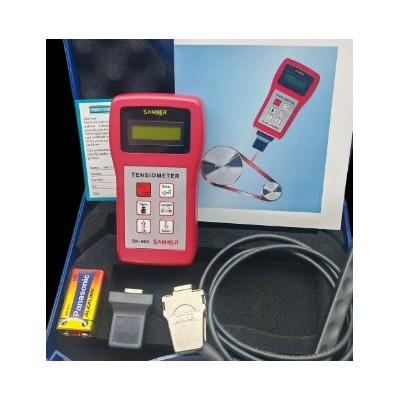
Jual Infrared Belt Tension Meter SK500 Sanker Infrared Tension meter Sanker Indonesia
-
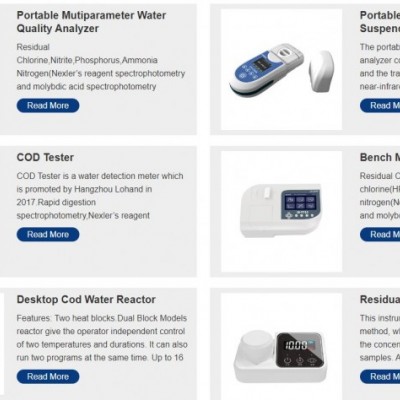
Lohan Instrument Indonesia Distributor Lohan Indonesia Water Quality Test Equipment
-
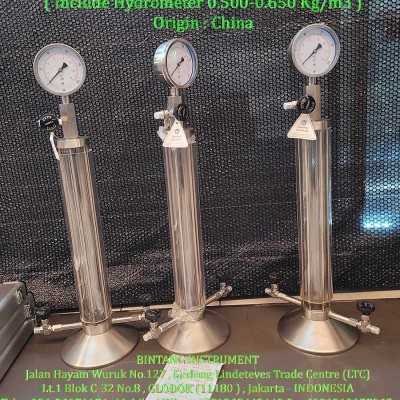
Pressure Hydrometer Cylinder Pressure Hydrometer Cylinder ASTM D1657 and ISO 3993 ready stock murah
-
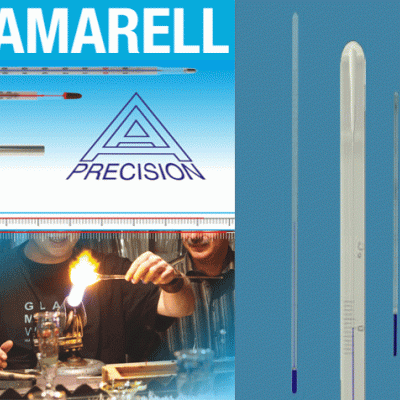
Thermometer ASTM Amarel ASTM 3C 5C 36C 37C 41C 60C 64C 88C 92C 113C 99F
-
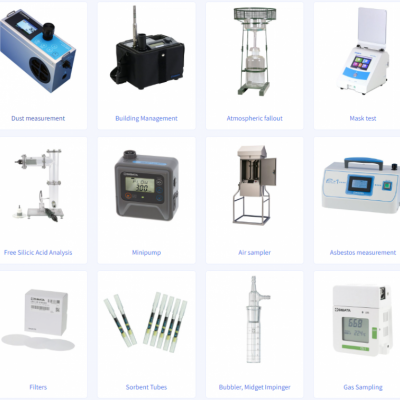
081362449440 Jual SIBATA SCIENTIFIC TECHNOLOGY LTD Indonesia Distributor
-
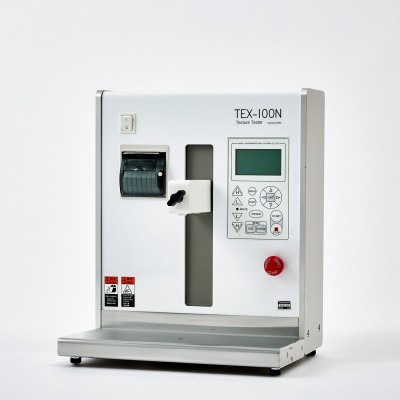
081362449440 Jual Alat Ukur texture Makanan Texture Tester TEX-100N Texture tester Tex-200N
-
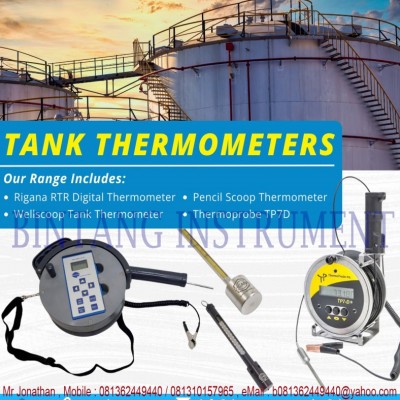
Tank Thermometer Petroleum Gauging Thermometer Thermometer minyak Thermometer Thermoprobe TP7D
-
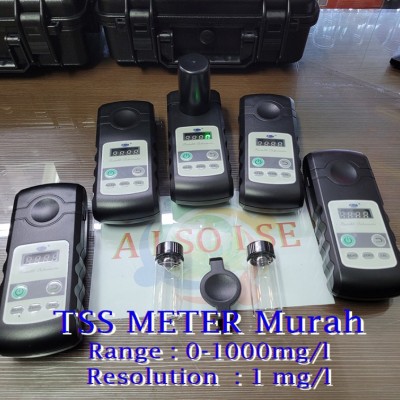
TSS Meter Murah TSS Meter Akurat TSS Meter terbaru Meteran TSS Portabel tss meter sinchetech
-

OKTAN METER OKTIS-2 ALAT UKUR OKTAN OKTIS2 JUAL ALAT UKUR OKTAN OKTIS 2.....
-
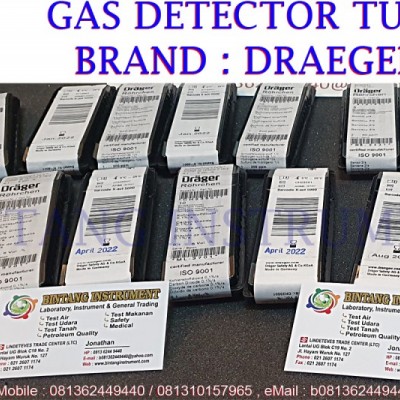
Jual Gas Detector Tube Draeger , Gas Detector Tube Draeger Indonesia Draeger Indonesia distributor
